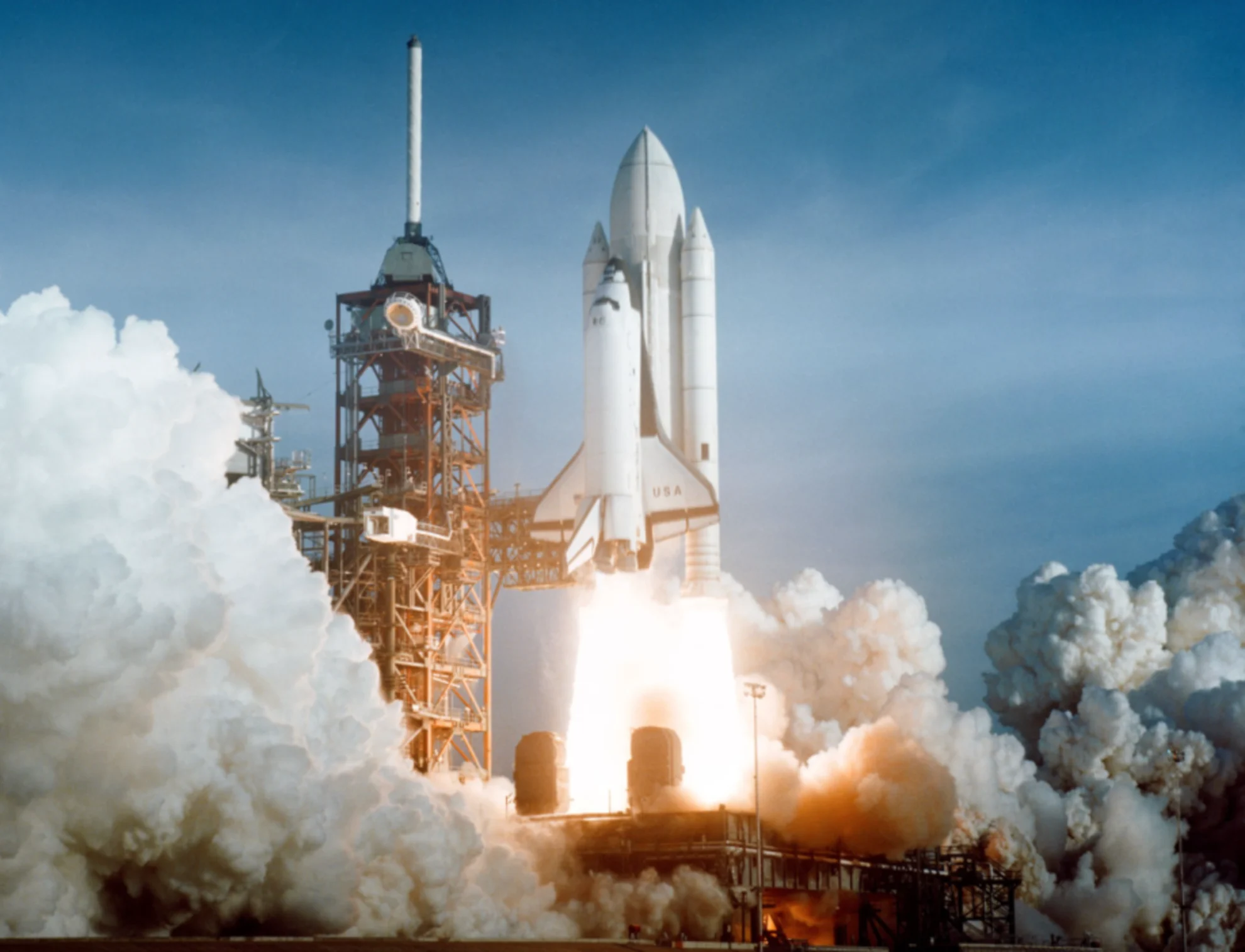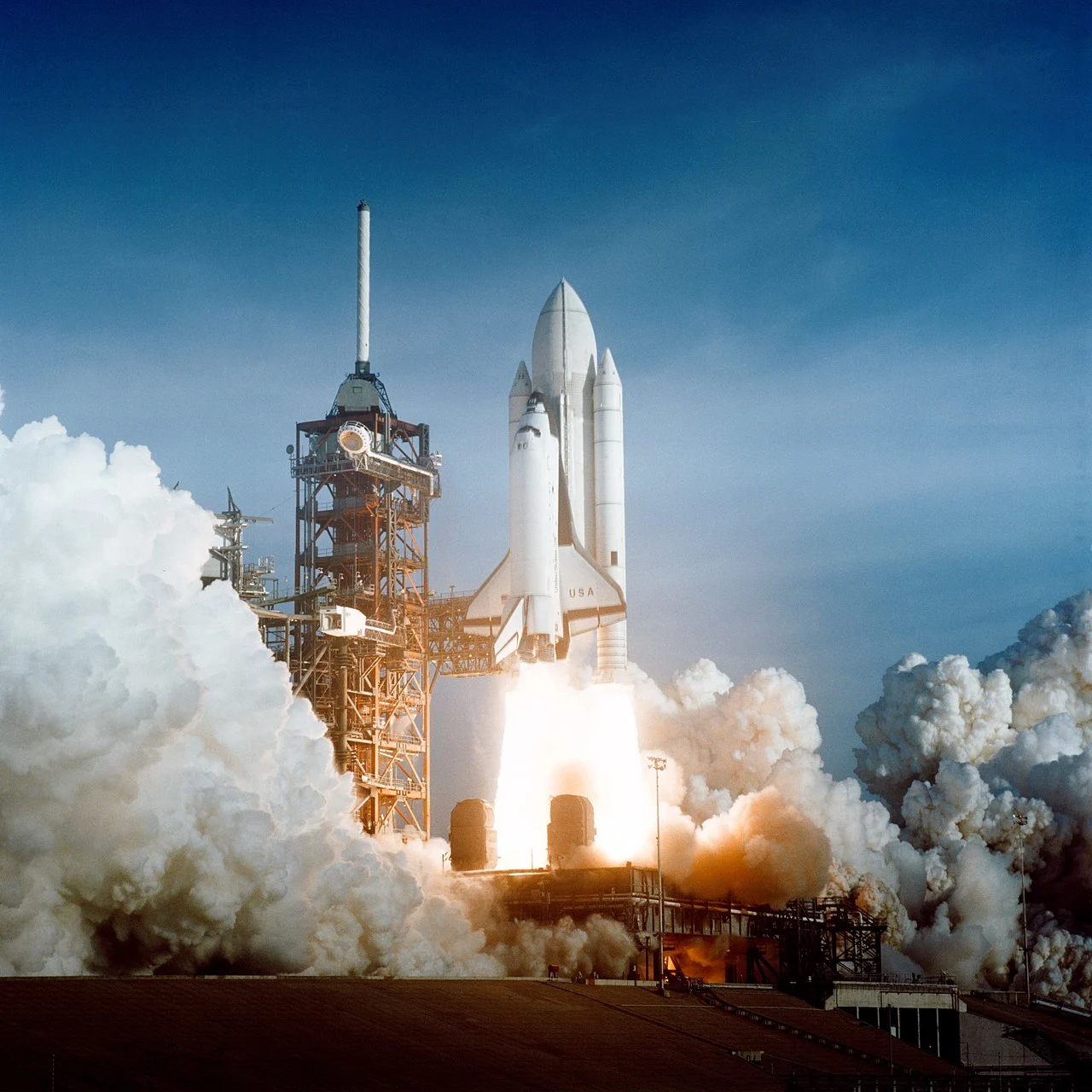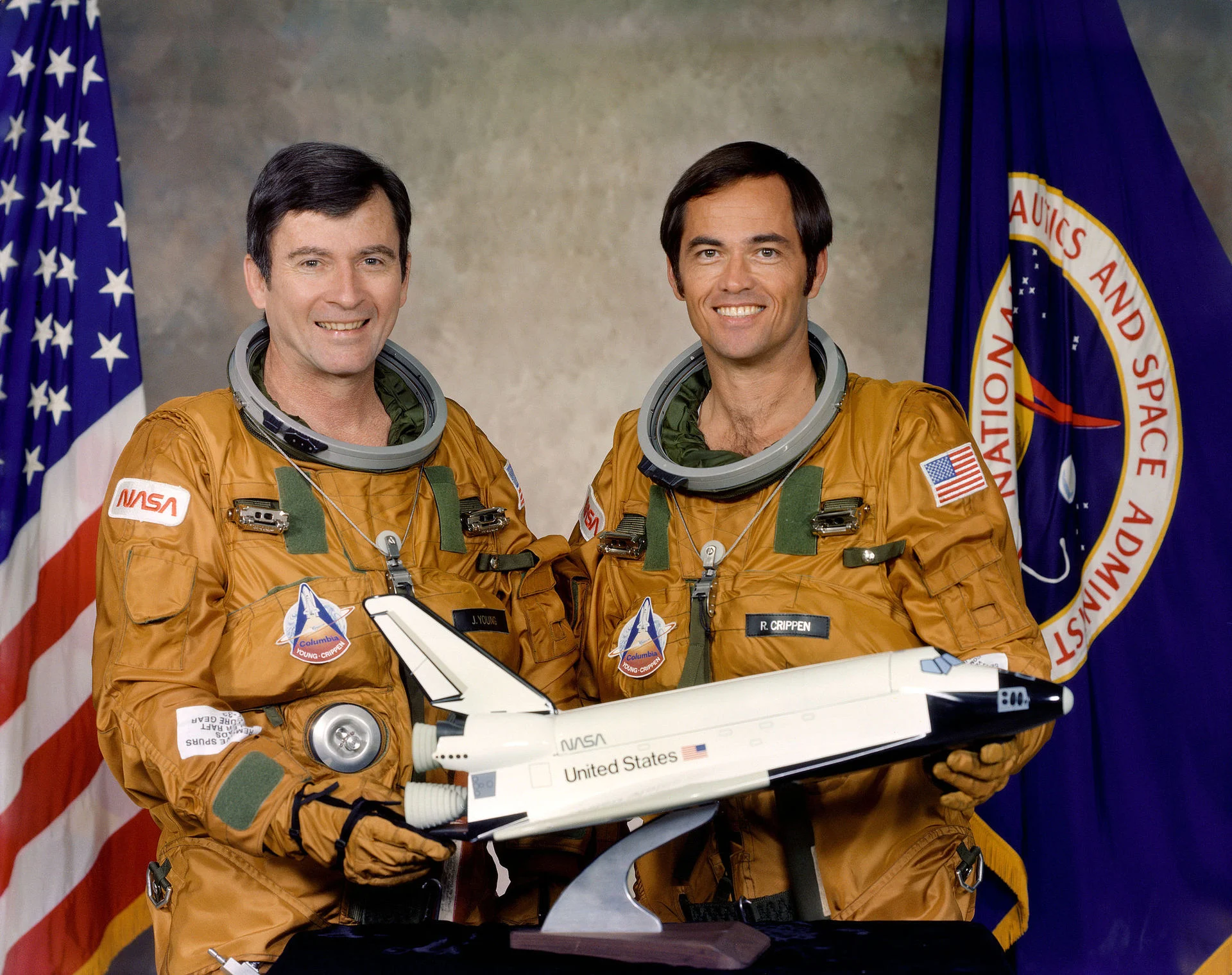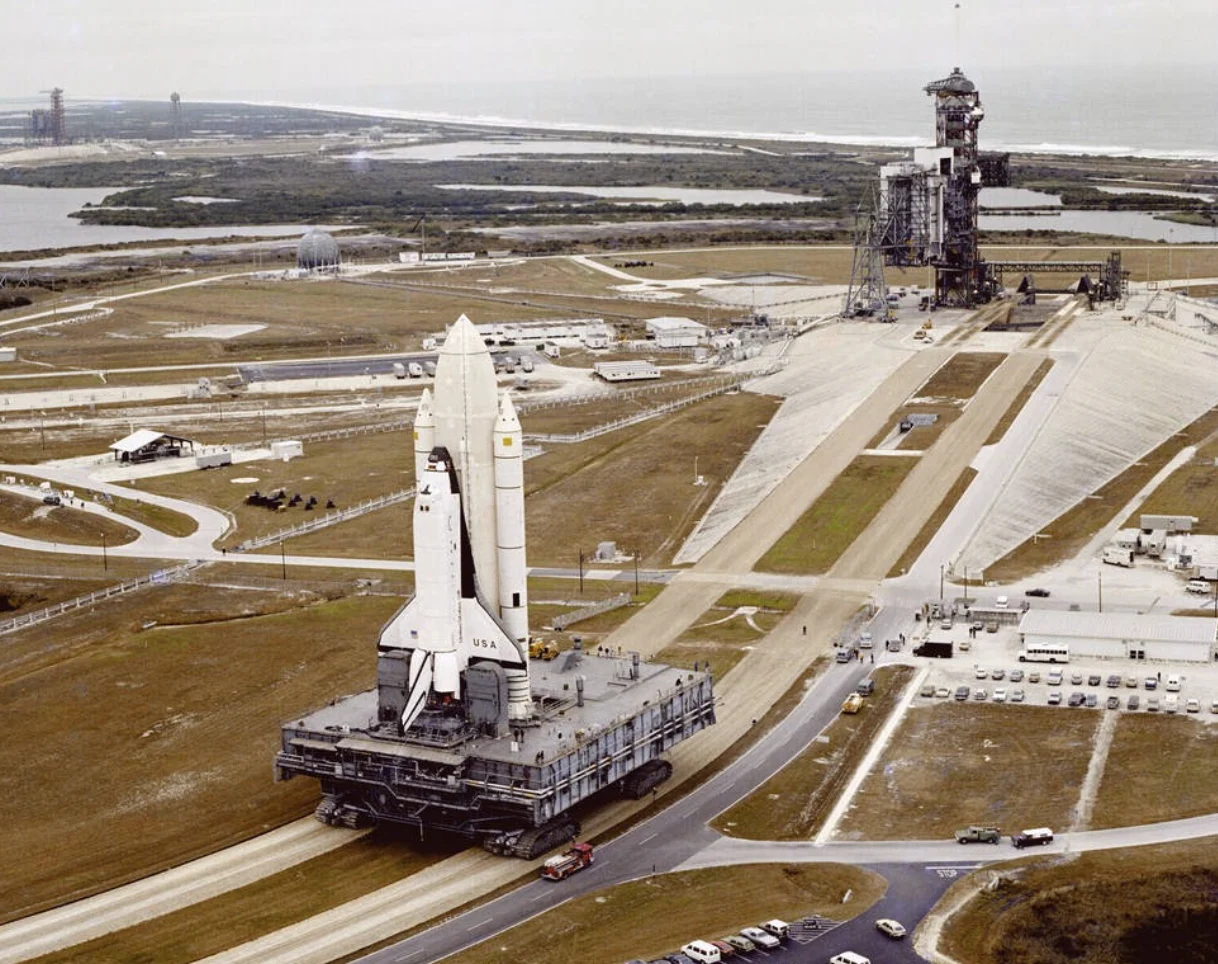
Remembering Columbia's inaugural flight — NASA's first space shuttle launch
On this day in weather history, Columbia launched on its inaugural flight.
This Day In Weather History is a daily podcast from The Weather Network, featuring stories about people, communities and events and how weather impacted them.
--
On Apr. 12, 1981, NASA's Space Transportation System-1 (or STS-1) mission launched from the Kennedy Space Center in Cape Canaveral, Florida. It was the first launch of the Space Shuttle Columbia, and NASA's first orbital flight of the Space Shuttle program. Prior to this, the Space Shuttle Enterprise had performed atmospheric tests, but Columbia was the first to reach space and travel around the Earth. On this flight, it orbited 36 times.

"The Apr. 12 launch at Pad 39A of STS-1, just seconds past 7 a.m., carried astronauts John Young and Robert Crippen into an Earth orbital mission scheduled to last for 54 hours, ending with unpowered landing at Edwards Air Force Base in California." Courtesy of NASA/Wikipedia
Aboard the flight was the mission's commander, John W. Young, and pilot Robert L. Crippen. It was America's first crewed mission since the Apollo–Soyuz Test Project in 1975.

The STS-1 crew members, Commander John W. Young and Pilot Robert L. Crippen. Courtesy of NASA
Click here to subscribe to This Day in Weather History
Columbia was the first aircraft-like shuttle that launched like a rocket and landed like a plane.
After two days, six hours, 20 minutes, and 53 seconds orbiting the planet, Columbia landed, having travelled 1,728,000 km.

The Columbia approaching Launch Pad 39A. Courtesy of NASA
Originally, Columbia was scheduled to launch two days earlier, on April 10. A technical problem delayed takeoff until the 12th.
As a result, the first launch of Columbia and thus the first launch of the U.S. Space Shuttle program, coincidentally took place exactly 20 years after Yuri Gagarin became the first human to travel to space, on April 12, 1961.
As of 2011, the day of April 12 was declared by the United Nations as International Day of Human Space Flight, "to celebrate each year at the international level the beginning of the space era for mankind, reaffirming the important contribution of space science and technology in achieving sustainable development goals and increasing the well-being of States and peoples, as well as ensuring the realization of their aspiration to maintain outer space for peaceful purposes."
Watch below: What is the International Day of Human Space Flight
To learn more about International Day of Human Space Flight, visit the United Nations Office of Outer Space Affairs.
To learn more about Columbia, listen to today's episode of "This Day In Weather History."
Subscribe to 'This Day in Weather History': Apple Podcasts | Amazon Alexa | Google Assistant | Spotify | Google Podcasts | iHeartRadio | Overcast'
Thumbnail: Courtesy of NASA











